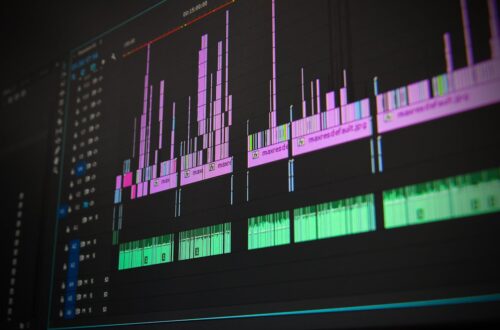
Evolution of DVD technology: The best way to Convert VHS tapes to DVD using a DVD Recorder
Preserving cherished memories or beloved movies once meant relying on VHS tapes. However, with the evolution of DVD technology, the superiority of DVDs in terms of durability and quality has become evident. VHS tapes are prone to wear and tear over time, susceptible to bending, damage, or dirt accumulation. Additionally, the bulky cassette casings pose a risk of rendering the tape inside unusable. On the contrary, DVDs offer easier storage, occupying less space, and deliver higher picture and sound quality.
Now, the burning question arises: how does one transition from VHS tapes to DVDs to safeguard these memories for future enjoyment? Numerous options exist. While utilizing a VHS to DVD conversion service is convenient, individuals with a sizable collection of videos may find it cost-effective to undertake the conversions themselves from the comfort of their homes.
For the tech-savvy, leveraging a computer for the transfer process is a common approach. This method involves copying the video onto a digital file on the computer using an analog converter, followed by compression into MPEG-2 format before burning onto a DVD. Despite offering flexibility for editing, such as adding special effects or music, this process can be time-consuming as it entails transferring the file twice: first from the video to the computer and then from the computer to the DVD.
To streamline the process and save time, options exist to copy tapes directly onto DVDs without involving a computer. Two primary methods are available:
1. Investing in a standalone DVD recorder that facilitates input from another source, such as a VCR. By connecting the VCR to the DVD recorder via cable, the video can be played and recorded simultaneously. For optimal results, consider acquiring a video processor like a proc amp or time base corrector to enhance the analog video’s stability and quality.
2. Purchasing a combination DVD/VCR recorder, eliminating the need for cable connections. While convenient, it’s crucial to ascertain the machine’s processing capabilities for analog signals from video tapes before conversion to digital format. Ensuring high-quality output is essential, particularly for extensive video copying endeavors.
When undertaking DIY conversions, adherence to manufacturer instructions is paramount to ensure proper video capture. Regular cleaning of the VCR heads between video copies is advised to prevent dust or debris buildup. Additionally, be mindful of the original recording quality, as recordings made at SLP (6 hours per tape) may result in lower quality DVD transfers compared to recordings made at SP (2 hours per tape). Should quality concerns arise, consider alternative conversion methods, although for many, the convenience and efficiency of DIY conversions outweigh any minor quality discrepancies.






2 Comments
Casper
Hello! I could have sworn I’ve been to this site before but after checking
through some of the post I realized it’s new to me. Nonetheless, I’m definitely happy I
found it and I’ll be bookmarking and checking back often!
brent
We are a group of volunteers and opening a new scheme in our community.
Your web site provided us with valuable information to work on. You have
done a formidable job and our whole community will be grateful to you.